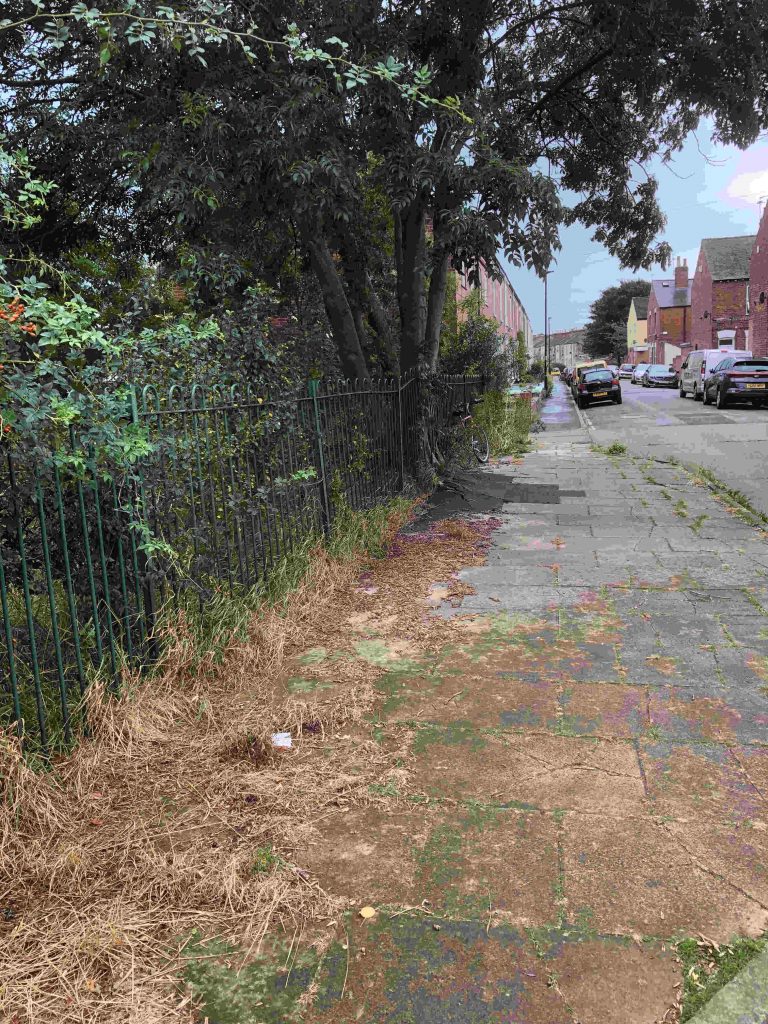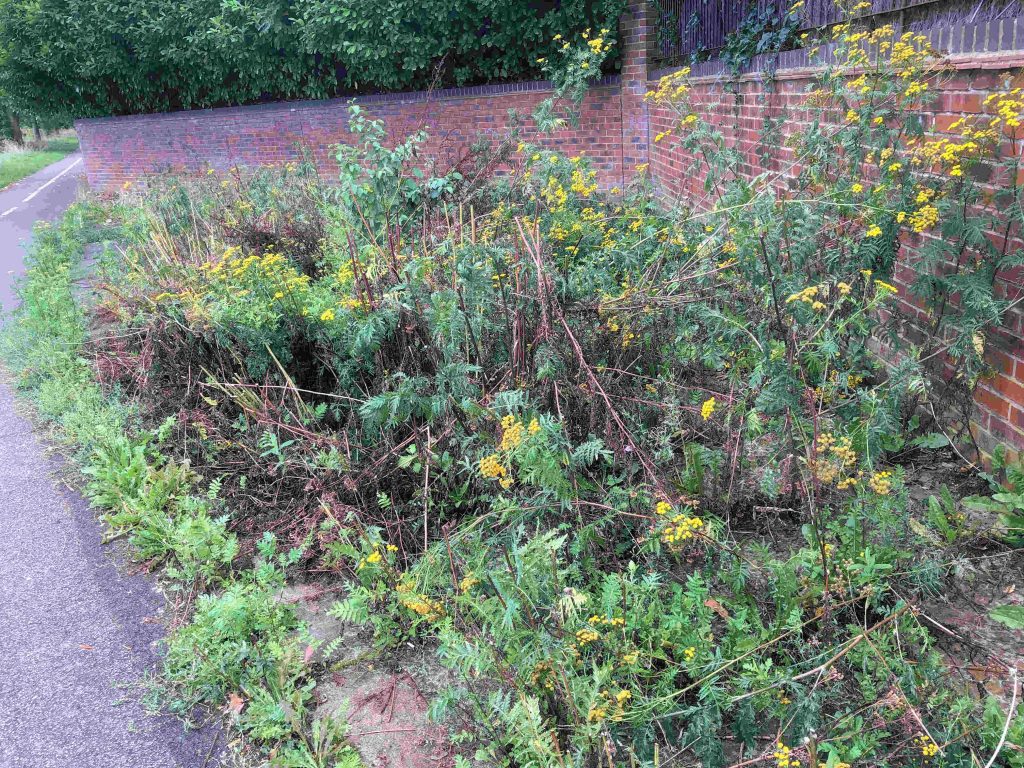How not to do it
The new York Council has rightly decided to plant more trees and expand the areas devoted to wildflowers with good propagation features.
More trees will help , in a modest way, to offset the losses both locally and internationally which have occurred over recent years.
The plight of bees robbed of propagating flowers in urban environments, because of increased hard surfacing and use of herbicides, is well documented.
The Council does however need to understand that such a policy is not a cheap alternative . The authority will need to plant the right species of trees to match the needs of specific locations. Too many well intended “plant a tree in 83” type schemes resulted in the wrong type of tree being planted in the wrong location.
This is particularly true in the case of highway trees (those in verges) where lack of regular maintenance has meant that many have grown the point that they interfere with passing vehicles, overhead plant or neighbouring properties. The only pruning that they get is from high sided vehicles which sooner or later impact on branches often sending them crashing down onto the highway.
High winds can have a similar effect.
The problem can be traced to an inadequate maintenance budget. This was given a modest boost in the Council most recent review.
Before planting more trees – there are plenty of spaces where new mini forests could be created in and around the City – the Council should first sort out its existing stock

For some people wildflowers are synonymous with pervasive weed growth. We have seen the neglect of highways over the summer although some lobbyists have argued that the weed growth will at least be “good for nature”.
We doubt that, with damage to paths and drains likely to pose an expensive hazard.
But there are locations where the Council could proactively plant low maintenance flowers which would greatly increase propagation opportunities.
The authority will need a proactive programme which will need to include a commitment to the long term maintenance of any planted areas.

